Tempo-iKidneyPod™
Kidney Proximal Tubules and Podocyte 3D Spheroids
Tempo-iKidneyPod™
Human iPSC-derived Kidney Proximal Tubules and Podocyte 3D Spheroids
Kidneys function to remove toxins, to maintain electrolyte homeostasis, and to regulate acid-base balance in the human body. In addition, kidneys secrete hormones (e.g., erythropoietin, renin) that regulate blood pressure. Organized into outer and inner compartments, nephron filters perform blood filtrations, waste removals, and nutrients balancing. Nephrons are composed of 2 cell types mainly — podocytes and proximal tubules.
Kidney proximal tubules make up a significant portion of the human kidneys. Proximal tubules are composed of specialized epithelial cells and they are the most populous cell type in the kidney. Many kidney diseases begin to manifest as proximal tubules disorders. The proximal tubule cells possess transporter activities and immune responses. Kidney diseases include Fanconi’s Syndrome, renal tubular acidosis, phosphate wasting syndromes, Dent’s disease, amino acids transport disorders, and acute/chronic kidney diseases. Kidney podocytes are cells in the kidney glomerulus and Bowman’s capsule. Their main function is to support the filtration process.
Tempo-iKidneyPod™ introduces a complex biological culture system in a 3D spheroid model system which improves the physiological relevance of in vitro renal proximal tubule epithelium models. Tempo-iKidneyPod™are reprogrammed from human iPSC-derived multipotent progenitor cells, using integration-free induced pluripotent stem cell (iPSC) lines under fully defined proprietary serum-free, virus-free, nucleic-acids-free, feeder-free, and integration-free methods. They are 3D spheroid structures and are alive for >4 weeks under defined cell culture conditions. They express biomarkers: CLDN1, NPHS1, OAT1, OAT3, OCT2, PAX8, Podocin, and Synaptopodin (mRNA data shown). Additional biomarkers expressed include: KCNJ1, LHX1, MCCD1, OSR1, Pax2, PodXL, Six2, FXYD4, MIOX, Pax8, SLC6A18, SLC12A1, SLC34A1, TMEM207, TMEM174, and UMOD (mRNA data not shown). Transporter functions of the Tempo-iKidneyPod™ are evaluated using transporter dyes: 4-(4-(dimethylamino)styryl)-N-methylpyridinium iodide (4-Di-1-ASP) to measure OCT2 uptake, and 6-carboxy-fluorescein (6-CF) to measure OAT1/3 uptake (shown above). TempoChloro™ biosensor is used to measure chloride flux
.
Applications
Tempo-iKidneyPod™ are intended for basic scientific research, drug discovery and therapeutics development use only. It is not a product for human testing or diagnostics.
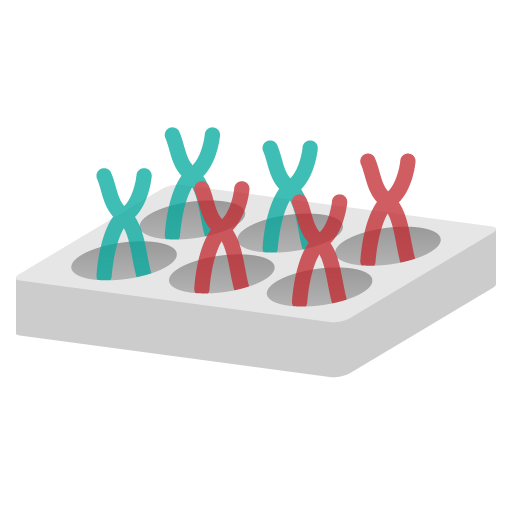
Phenotypic Assays

High Content Imaging
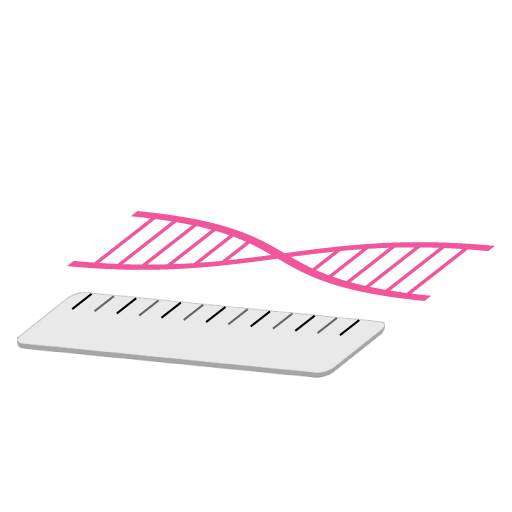
Biomarker Discovery
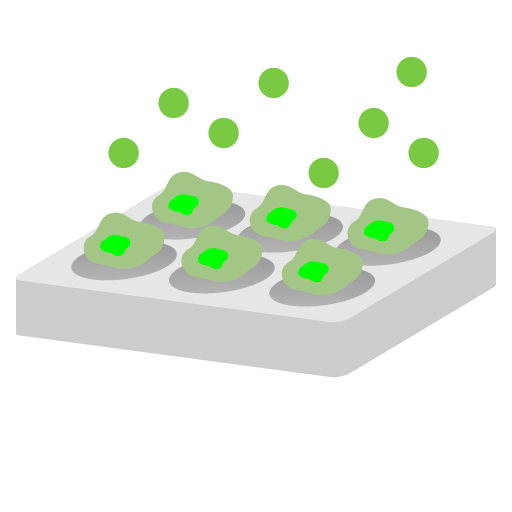
Cytotoxicity Assays
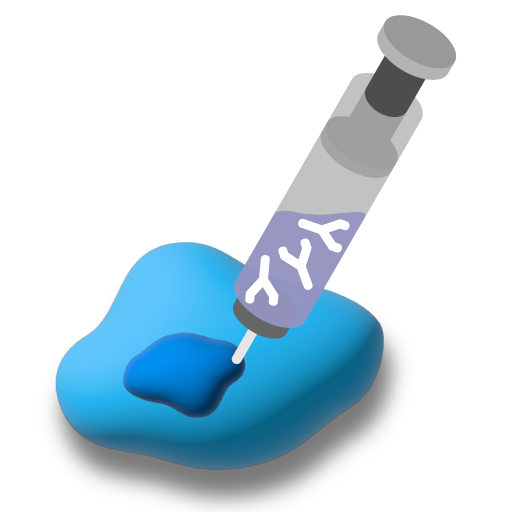
Target Validation
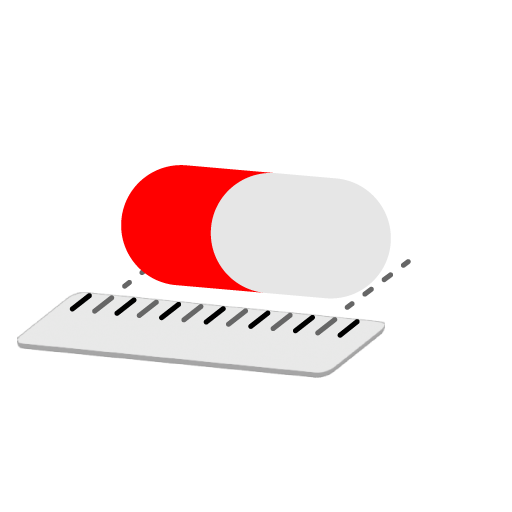
Lead Optimization

Investigative Toxicology

Nonclinical Efficacy Evalutions
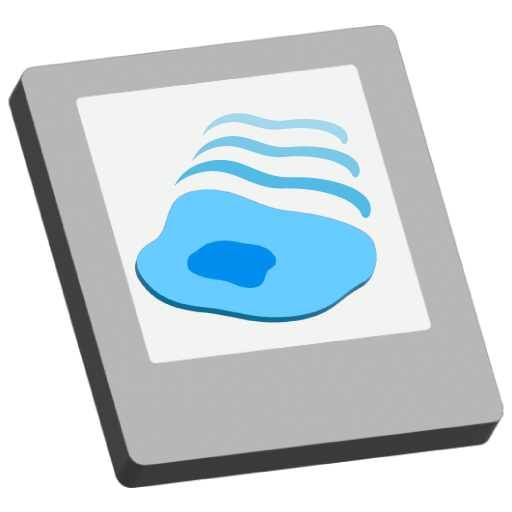
Live-cell Imaging
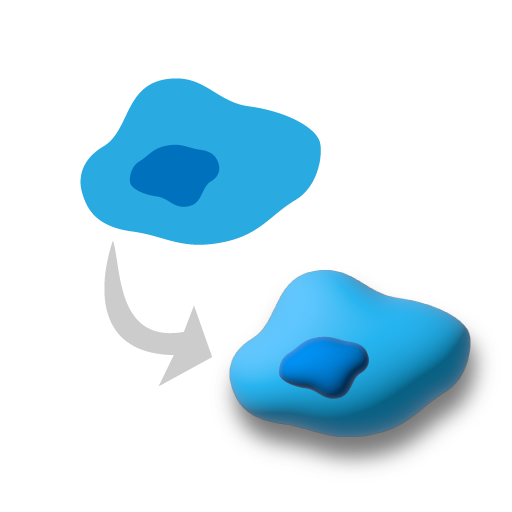
2D & 3D Cell Culture
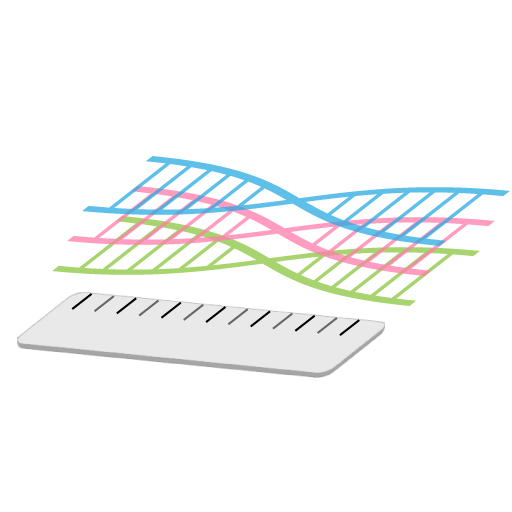
Biomarker Authentication
Specifications
~1.0×10^6 cells per 1ml of freezing medium (vial)
Long-term Storage: liquid nitrogen
Growth Properties:spheroid cell culture techniques applied (Please request User Guide).
Storage: remove cryovials (dry ice packaging) and place the vial into liquid nitrogen for storage. Alternatively, thaw and use the cells immediately.
Technology used: an in-house developed proprietary serum-free, virus-free, nucleic-acids-free, feeder-free, and integration-free technology.
QC: Sterility, Safety (BioSafety Level 2), HIV/viruses, bacteria, fungi: negative. Cell viability post-thawing (>90%)
Tempo-iKidneyPod™ SKU1013
References
- P. Garg, A Review of Podocyte Biology. Am J Nephrol 47 Suppl 1, 3-13 (2018).
- R. L. Chevalier, The proximal tubule is the primary target of injury and progression of kidney disease: role of the glomerulotubular junction. Am J Physiol Renal Physiol 311, F145-161 (2016).
